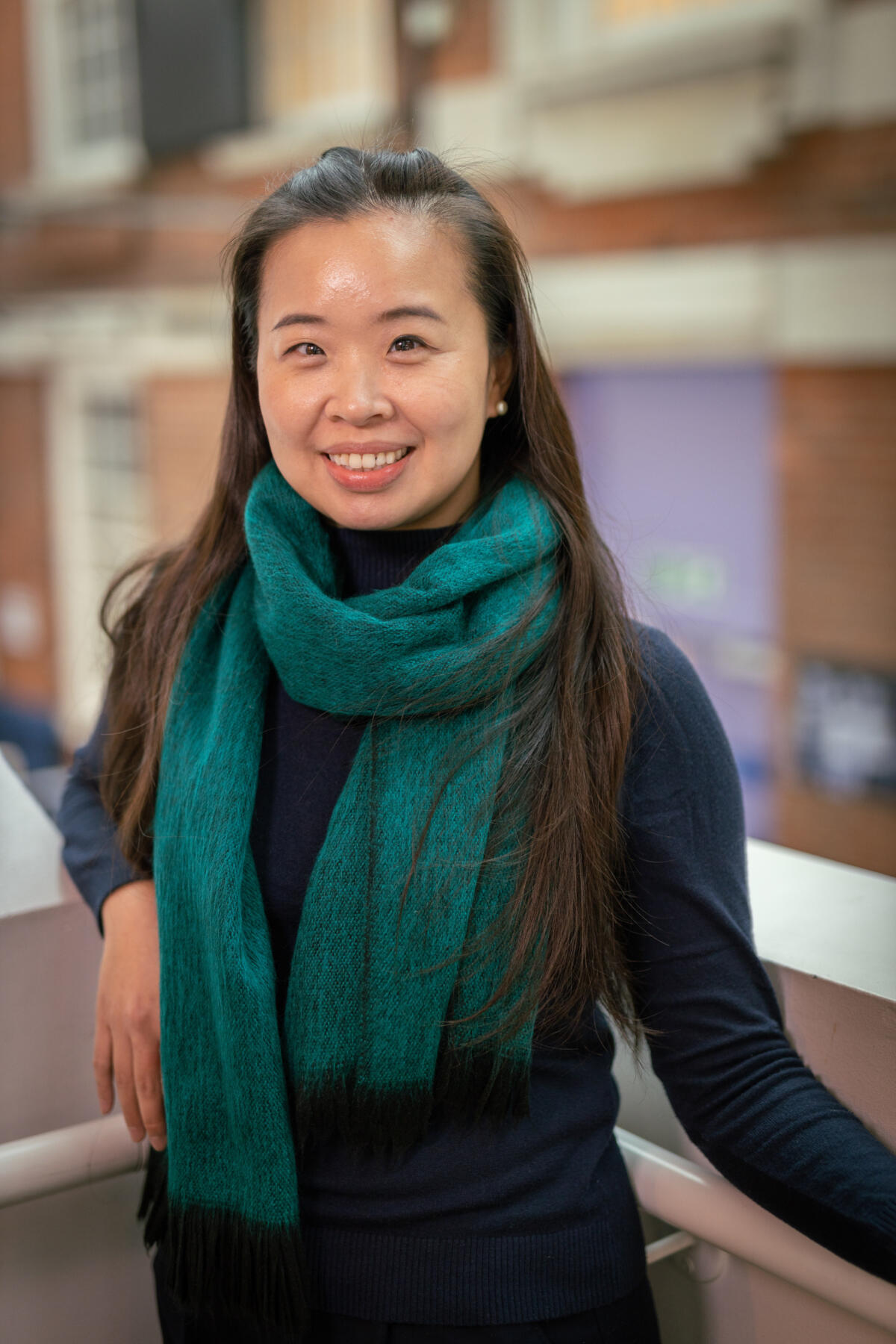Reach Out and Reveal – an artist‑in‑training experience

Our 3-year Reach Out and Reveal research project, funded by Paul Hamlyn Foundation, champions and evaluates new approaches of working within SEN schools, cultivating knowledge transfer opportunities between teaching professionals and dance practitioners. It is led by two academic researchers, Claire Farmer and Ashley McGill, aiming to result in peer reviewed papers. The evidential learning from this research will be disseminated to the wider health and education sector.
The research also provides opportunity to three South Asian dance artists to train as SEND specialists and to expand ROaR’s reach to a fourth school. We caught up with one of the trainee artists, Jane Chan, on her experience.
The artist-in-training experience is the best way to learn on the role whilst being supported by lead artists Emiko and Anusha, who both have a wealth of knowledge leading movement sessions especially with pupils with different abilities. This way as an artist-in-training, I am able to learn about operations and approaches of each school as well as the nuance of pupils’ characters and their circumstances first hand. We also learn and sometimes are offered useful information, tips and advice by Emiko and Anusha which are invaluable to engaging the pupils, supporting them with tools in emotional regulation and for our development as artists and facilitators.
Emiko and Anusha both have very different approaches and work just as well for the pupils they are working with. A few reasons that perhaps reflect the difference is due to Emiko and Anusha’s individuality and artistry and the different pupils they have, as well as the school. These differences are incredibly important in providing pupil-centred sessions focusing on their needs and abilities.
Emiko is very methodological and her sessions are very structured, whilst Anusha’s are very flexible and open. Both come with detailed session plans and are ready to think on the spot which is essential working in an environment like the schools they are in. Their sessions also offered agency in pupils whilst also having structure which is beneficial to pupils as life skills. There seem to be more students in every session at both Emiko’s schools and more non-verbal pupils with complex needs at any one time than Anusha’s, (exact number I am not sure). In general, I feel the settings that Emiko is in, intensity is generally very high.
Note: Not to say that Anusha’s sessions are easy at all. Perhaps, the number of pupils that Anusha is working with at any one time is relatively more manageable. However, there have been situations where the majority of the class are not having a great day and that has become quite difficult and draining for staff involved.
It is also incredibly hard for both artists to be able to make notes with sessions being back to back. The practicality of delivering sessions, remembering what happened in them and to record notes with details and address any concerns, if any, is extremely difficult. And I know both Emiko and Anusha work extra hours to plan, set goals for students, and put notes together and that time and energy should be accounted for.
Some days are more challenging than others and it is hard work, at the same time it is rewarding to be a part of the progress of the pupils however slight that may be.